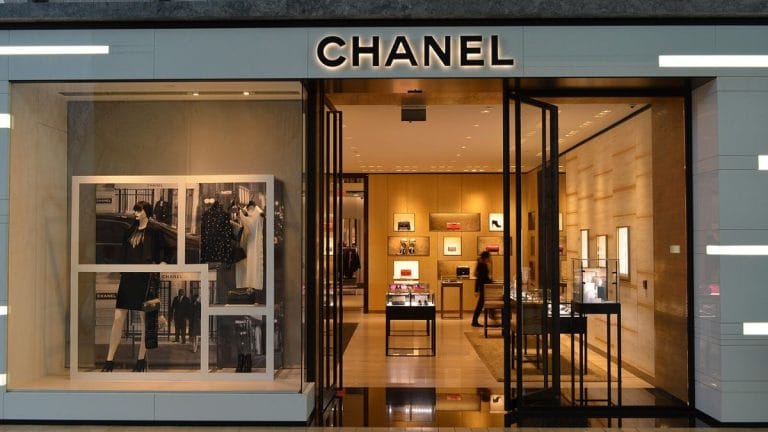Chanel, a brand synonymous with timeless elegance and modern sophistication, has masterfully balanced its storied heritage with forward-thinking innovation. Founded in 1910 by Gabrielle “Coco” Chanel, the brand has grown into a global symbol of luxury, continually evolving to stay relevant while respecting its origins. Here are key lessons in how Chanel redefined luxury:
1. Commitment to Timeless Design
- Heritage: Chanel’s iconic pieces, such as the little black dress, the quilted handbag, and the Chanel No. 5 perfume, remain benchmarks of timeless style. Coco Chanel revolutionized fashion by creating pieces that were both functional and elegant, freeing women from the constraints of corsets and excessive ornamentation.
- Innovation: The brand consistently updates these classics with subtle modern twists. For instance, the quilted handbag has seen variations in size, materials, and colors over the years while retaining its unmistakable design. Similarly, Chanel No. 5 continues to captivate with limited-edition releases and sustainable packaging initiatives.
2. Embracing Technological Advances
- Heritage: Chanel retains traditional craftsmanship, particularly in haute couture and its Métiers d’Art collections, which showcase artisanal techniques passed down through generations. These collections celebrate the brand’s dedication to preserving heritage and artistry.
- Innovation: The brand integrates cutting-edge technology into its operations and products. Chanel has adopted sustainable materials, such as lab-grown diamonds for its fine jewelry, and utilizes digital platforms for virtual try-on features, ensuring a seamless and modern customer experience.
3. Creative Leadership
- Heritage: Coco Chanel’s visionary approach laid the foundation for the brand’s bold and innovative spirit. Her designs, such as jersey dresses and sailor-inspired tops, challenged societal norms and redefined women’s fashion.
- Innovation: Under Karl Lagerfeld’s leadership (1983-2019), Chanel embraced bold reinterpretations of its codes, such as streetwear-inspired pieces and extravagant runway sets (e.g., the supermarket and rocket launch). Virginie Viard, Lagerfeld’s successor, continues to blend classic elegance with modern sensibilities, as seen in her refined and wearable designs.
4. Cultivating Exclusivity
- Heritage: Chanel has maintained its allure by limiting product availability, refusing to sell online for years, and focusing on creating intimate boutique experiences. This exclusivity is part of the brand’s DNA, ensuring that its products remain aspirational.
- Innovation: Despite its traditional stance, Chanel has embraced digital platforms strategically. Its social media campaigns, collaborations with influencers, and immersive online content ensure it connects with younger audiences without compromising its exclusivity. Campaigns like the animated “Inside Chanel” series highlight the brand’s history in a compelling, modern format.
5. Sustainability and Social Responsibility
- Heritage: Chanel’s emphasis on quality and craftsmanship aligns naturally with sustainability principles, as its pieces are designed to last a lifetime. Vintage Chanel items, such as handbags and tweed suits, are highly sought after, underscoring their enduring value.
- Innovation: The brand has made significant strides in sustainability, including investing in eco-friendly materials and processes. Chanel’s Mission 1.5°C initiative commits to reducing its carbon footprint, while the introduction of sustainable packaging and refillable beauty products reflects its commitment to modern values.
6. Experiential Luxury
- Heritage: Visiting a Chanel boutique is an immersive experience, from the meticulous interior design to the personalized customer service. These spaces reflect the brand’s dedication to excellence and attention to detail.
- Innovation: Chanel enhances this experience through digital touchpoints, such as virtual boutiques, augmented reality campaigns, and livestreamed fashion shows. The brand’s ability to create emotional connections through storytelling—both in-person and online—ensures its relevance in a rapidly changing world.
7. Strategic Collaborations and Cultural Impact
- Heritage: Chanel has long been associated with influential figures, from its founder’s relationships with artists like Pablo Picasso and Igor Stravinsky to its collaborations with iconic celebrities like Marilyn Monroe.
- Innovation: In recent years, Chanel has partnered with modern tastemakers, including Pharrell Williams and Kristen Stewart, to reinforce its contemporary appeal. Its presence at cultural events, such as the Met Gala and Cannes Film Festival, ensures that Chanel remains a central figure in global fashion and culture.
Conclusion
Chanel’s enduring success lies in its ability to honor its rich heritage while embracing innovation. By staying true to its core values of craftsmanship, elegance, and exclusivity, Chanel has not only redefined luxury but also set a benchmark for how legacy brands can evolve in a dynamic, modern world. The brand’s commitment to blending the past with the future ensures it remains a timeless symbol of aspiration and sophistication.




